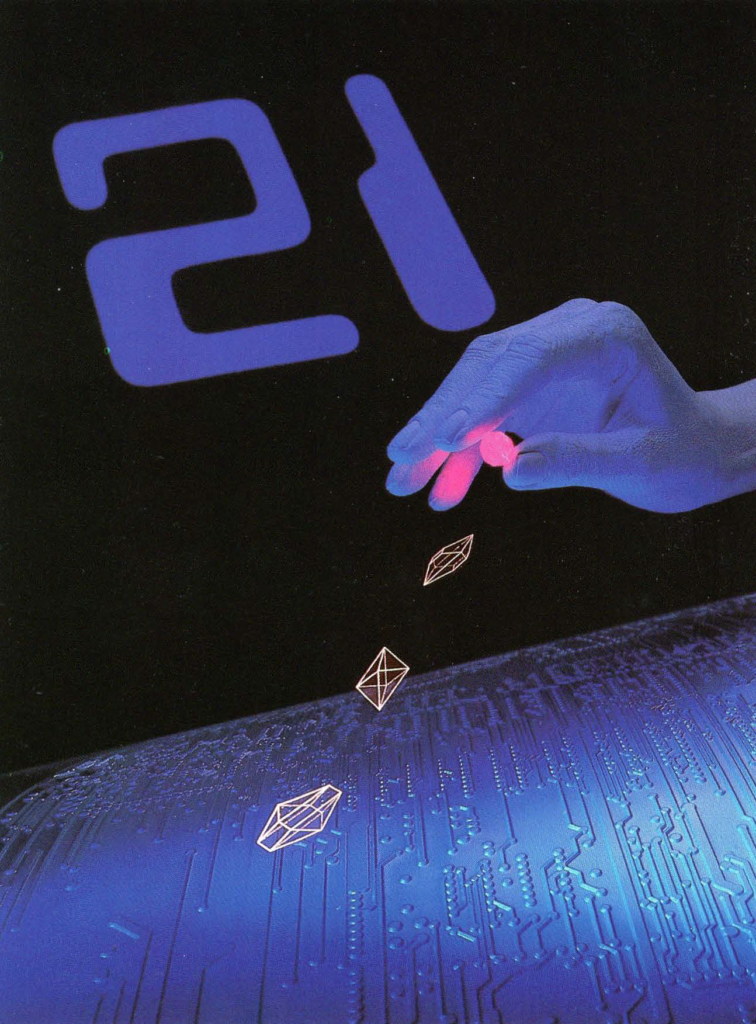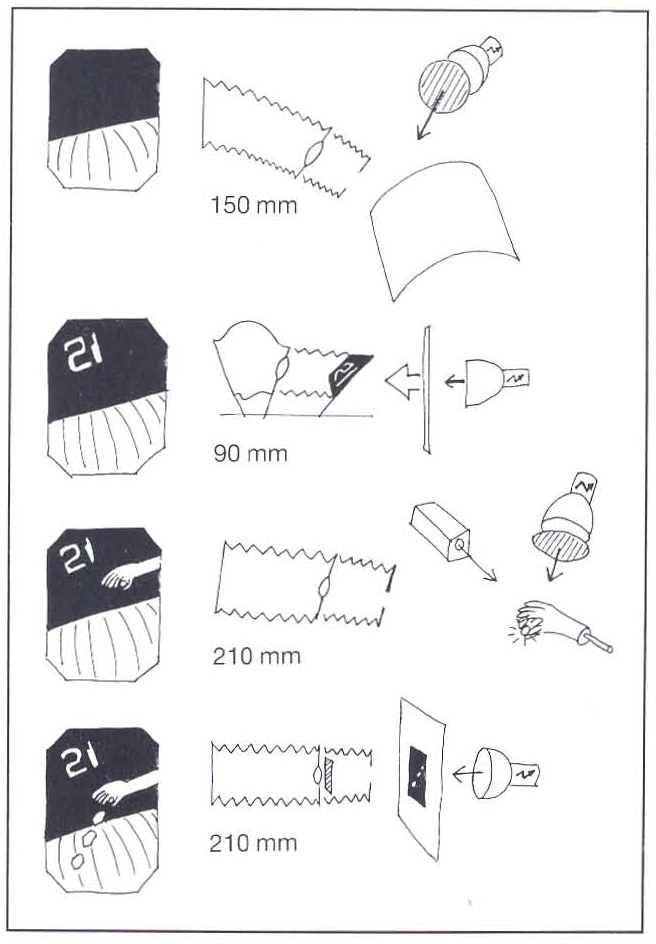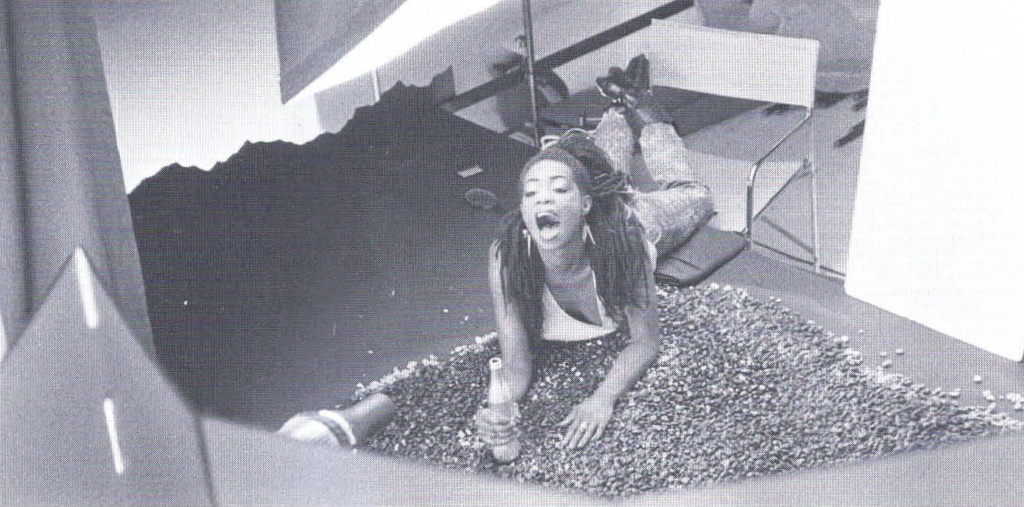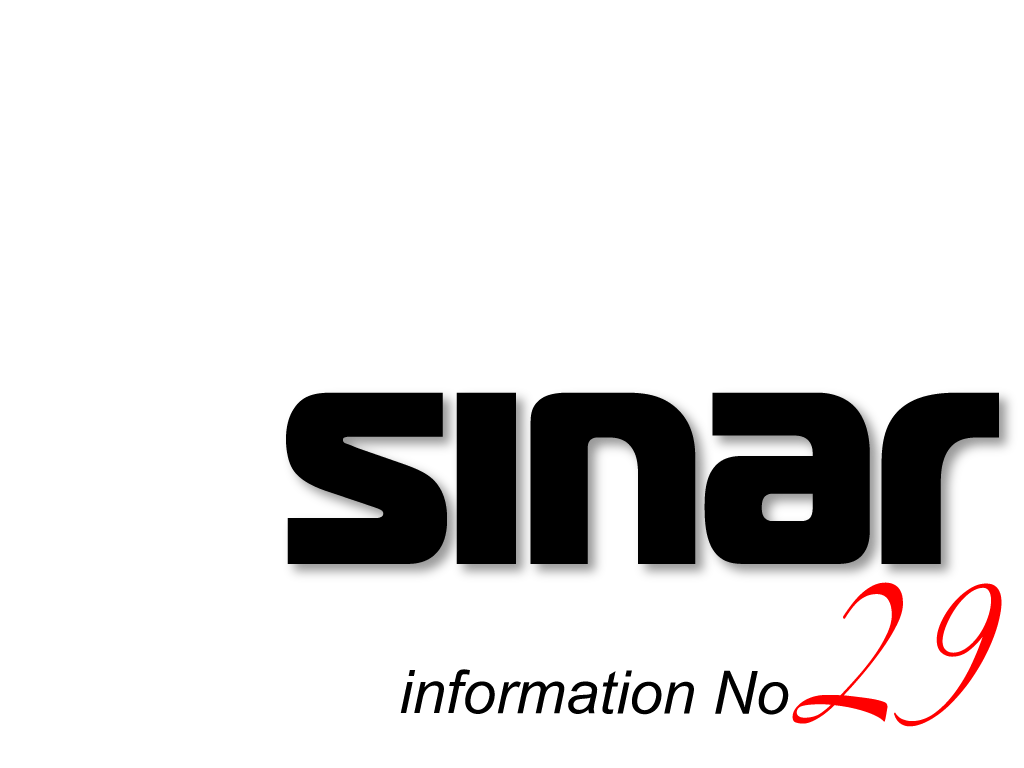Special effects photography



For the ultimate image

Taking materials
Jurgen, for the last twenty years you have worked exclusively for big clients and agencies. Yet you still come up with new images every time. For instance there is this Johnnie Walker subject- so simple, yet ingenious. I am sure you have a huge workload. So how do you manage to keep fresh and creative? How do you approach such a job?
I get my creative inspiration from life – I love travelling and I have four children … My primary aim is to be professional.
What do you mean by “professional”? Look, when a child plays with building bricks, there comes a point when it can no longer think of anything new: It has exhausted its scope. So I like to keep an open mind for anything new – I let it flow into my work. I don’t search but I observe. The more ways and approaches I know, the more professional my work becomes. That at times forces me to discard old methods and equipment – and clears the mind for new ideas.
What was the agency briefing for this Johnnie Walker shot?
The idea was simple: Spilt Johnnie Walker whisky from a knocked-over glass forming a puddle in the shape of the trade mark – just that on its own. So how did you approach that? Did you make tests?
No. It soon came to me that I had to use the camera as a projector – vital to show the figure in correct perspective.
The shot:
“The best glass of whisky ever spilt”
Photographer:
Jurgen Tapprich SWF, Zurich, Switzerland
Agency:
Young & Rubicam
Client:
Johnnie Walker
Camera:
4×5″/9×12 cm SINAR p with Fresnel screen and bellows hood
Film:
4×5″ Ektachrome 64
Shutter speed:
1/30 sec.
Aperture:
f/22
Lens:
240 mm Apo Ronar








So how did you proceed in detail – and how much time did you have?
About a day- though the actual shooting only took half an hour. My procedure was quite simple – it usually is. (Laughs.) First I waxed a white surface to stop the liquid from spreading.
Was it really Johnnie Walker whisky?
Of course! I fed it drop by drop from a pipette into the outline projected through the camera. Black tape provided the extra reflection patterns on the surface: I stuck strips of simple adhesive tape on the opal glass through which I lit the setup. That was backlit, as usual, with just one lamp.
So the whole effect depended on using the camera as a projector. You drew the outline on the ground glass screen and projected it in correct perspective into the subject plane?
Just so. That’s what I meant before. The working means must be capable of creative handling, of coping with new approaches. Then you don’t have to look far.
One thing has not changed in your studio: You have always used SINAR cameras.
Indeed. My oldest SINAR dates back to 1956. Since then I have got three more – and they all still match up precisely. Why don’t I change my cameras? Why should I – they work perfectly!


For the ultimate image

The creative man: Mike Muller


Mike, you created an imaginative futuristic picture series for Philips. Yet you managed with a minimum of actual objects and quite a restricted colour range. You have used accentuated perspective and very tight illumination to convey a singularly futuristic mood. How did you get this assignment – and how free were you in its execution? The agency people saw my spaghetti picture in the Swiss Advertising Photographers’ exhibit at “Photoexpo”. They had at that time no visual concept. After a brief oral briefing on the content and purpose of the brochure for which the pictures were required, they gave me a completely free hand.
So how did you proceed?
I worried over it during the weekend and in my leisure time – and scribbled innumerable sketches. Then I started to copy minute microchips, made big enlargements and rephotographed them to give line reproduction effects. Once I had got that far, I went to Cornelius de Fries, a well-known props man. He does a lot for me, by the way. He then produced zink line blocks of the microchip images, making them three-dimensional. The photogenic sheen of the blocks also helped the subsequent lighting effect.



What about the hand?
For that Cornelius de Fries produced a special plaster cast that precisely showed up every little wrinkle and pore of the skin. Oh yes, de Fries is quite a genius in his field.
And then you had to shoot the picture itself.
This involved five separate part exposures on a 4×5″ transparency film. This was basically built up from black – you can’t superimpose exposures on white. The first image involved one of the zinc printing plates which I lit from the side in blue, exactly masking down its area with the bellows hood mask 2. The hand I also lit with blue light and then added a laser beam with a long time exposure. Again the background had to be absolutely black and carefully masked down with the bellows hood mask 2. Otherwise it would interfere with the subsequent exposures. Then came the small geometric shapes (computer graphics) in the centre. Here I photographed a line negative through a yellow filter.
For the figure 21 at the top I again used a line film reproduction, mounted on the base rail in a multipurpose standard. I tilted the latter forward for the perspective effect and used Scheimpflug tilts for overall sharpness in the film plane. This part exposure I shot through a blue filter and again used the bellows hood mask 2 for accurate screening- right up to the numbers. That bellows hood mask is a great accessory!
It sounds like a complex sequence that needs considerable concentration. Surely, a lot can go wrong?
On no. You see, for such a job I use multiple camera setups. So I start the first part exposure at the first subject setup, then take the ground glass screen to the second camera and so on. I keep a check on the sequence with outlines drawn on the screen and with Polaroid exposures. Such pictures don’t normally evolve to a strict plan. I keep following my inclination and continue working on the image composition.
You always use a view camera for such work?
Yes, exclusively, and always SINAR cameras. I have several of them and can freely combine all their components. The extensive accessories range, for instance the bellows hood mask 2, also simplify my work a lot.
What do you like best about the SINAR system?
I think the appearance of the p was an important advance in view camera design. For me the SINAR system provides a fully flexible camera that can creatively handle demanding assignments such as this one.

The shot:
“Office 21”
Photographer:
Mike Muller SWF, Zurich, Switzerland
Agency:
Dr. Dieter Jiiggi AG, Berne
Client:
Philips
Camera:
Four 4×5″/9×12 cm SINAR cameras. 4×5″ transparency created in five exposures using the bellows hood mask 2 and bellows lens hood
Film:
Ektachrome 50 artificial light
Shutter speed:
between 1 and 30 sec. (laser beam)
Aperture:
between f/11 and f/32
see setup sketch
Lens:

For the ultimate image
The intellectual: Hannes Kirchhof

Hannes, I gather your “Cola lightning” shot came into being in the course of a free self-assignment on light traces.
That is so. I have been following up this idea for a year – it is literally derived from the greek meaning of photography, i.e. “writing with light”.
I notice that you tend to work with carefully thought-out concepts. That gives your pictures not only visual but also intellectual content. Would that be a fair way of describing your style?
Well – maybe. You see, I spent some time studying geophysics at the Zurich Institute of Technology. But there already I went to many lectures by Professor Tomamichel at the Communications Institute. Finally I decided to switch to photography altogether – simply because I found it more exciting. So the “visual world” may well be the starting point and stimulus for my mental exercises.



How did you arrive at the idea for “Cola lightning”?
By association with “Cola Light”. I wanted to illustrate its power content (he winks and laughs). The source of the inspiration was SINAR’s semireflecting mirror – indispensable for realising the idea visually. For I wanted to superimpose the lightning flash and straw in precise register. And that is only possible with the beam-splitting mirror.
How do you go about it? How does a picture like “Cola Lightning” come into being?
(He smiles) It’s like cookery. I mean that every picture that I think up needs a certain time to mature. I don’t start in the studio until I have worked out the intended picture 100 % in my head. During shooting I then aim to achieve a natural live result by appropriate use of camera technique and lighting.
You hinted that this shot proved less simple than you had imagined initially. What were the problems?
It proved much more involved than I had anticipated. To start with, I had to find couple of hundredweight of gravel for the ground. After I had dug it out of a snowed-up quarry I washed it in salad strainers – like panning gold – and later sprayed it black. Then I had to cut a scale mask for the lightning and for the straw. These preparations took two full days.
Once you got all that done, how did the shooting go with the model?
I had built up two studio sets. At their intersection I set up my SINAR p with 300 mm Symmar-S lens and – on the extended base rail-the semi-reflecting mirror and the bellows hood. One set was straight in front of the camera, the other reflected into the optical axis at 90° from the right. To avoid stray light, I used black cloth screens to shield the two setups thoroughly from each other. Black sheets also shielded the semireflecting mirror and the bellows hood. Thanks, among other things, to the easy handling of the SINAR, shooting took little time. I used no tilts or swings for with the semi-reflecting mirror the subject planes had to be parallel to the film plane.
The shot:
“Cola lightning”
Photographer:
Hannes Kirchhof ZFV, Oberentfelden, SwitzerlandZurich, Switzerland
The model:
Nova, of Inter Model Set AG, Zurich
Camera:
4×5″/9×12 cm SINAR p with 30 cm and 45 cm extension rails, binocular reflex magnifier and hood, bellows lens hood and DIGITAL shutter. Combination shot made with 18×18 cm (7×7 in.) semireflecting mirror mounted in a multipurpose standard.
Film:
Ektachrome 64
Shutter speed:
1/30 sec. One flash for model and setup Three flashes for superimposed lightning subject
Aperture:
f/16 2/3
Lens:
300 mm Symmar-S
Interviewer: Dennis Savini, photographer, Zurich

For the ultimate image
SINAR LTD SCH/l.FFHAUSEN CH-8245 Feuerthalen/Switzerland Telephone (053) 5 45 27 / 4 89 21 Telex 897 106 sina ch


